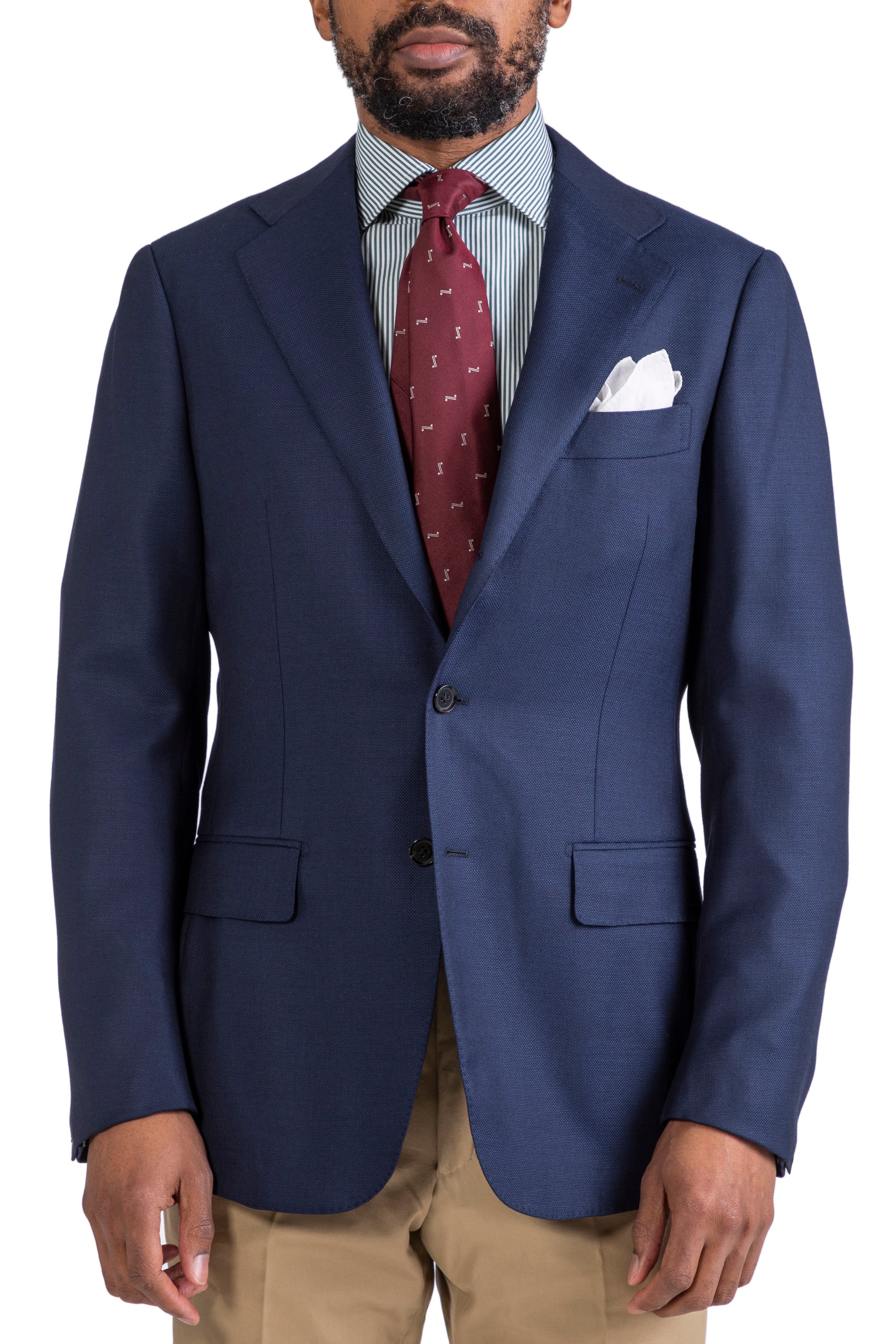- Joined
- Apr 10, 2011
- Messages
- 27,320
- Reaction score
- 70,000
There's one thing that doesn't seem to be being discussed here and that's the fact that there is a big difference between automated, made by a person with a machine, and hand-stitched; and 2. that these categories do not necessarily translate automatically to 'evil big business', corporate and independent artisan (respectively). There are plenty of machine-made clothes that are made in small factories with connection to the community, by well-paid employees. This is what economic geographers call the "third Italy" model and its not just Prada (as it used to be), Brunello Cuccinelli and the like, it's also SEH Kelly in London, it's most of Okayama producers in Japan. Then there are also the piecework producers like Old Town in the UK, most of whose clothes are 'machine-made' but by independent local producers. Is it somehow better if your clothes are made by a bloke on Savile Row with a needle and thread or by a woman in here home in Suffolk with a sewing machine, who earns a decent wage? And the nature of sweatshop producers is such that, especially in the larger ones catering to multilple labels, there could be everything being done from almost fully automated production through humans working with machines to handwork - all within the same 'factory'. It's not like handwork necessitates a personal relationship with a client or implies better pay and working conditions.
To add on to this: A few months ago, I spoke with Daniel Wegan, former lastmaker at Gaziano & Girling and now an independent shoemaker. We talked about the state of the trade and why some large West End bespoke shoemaking firms are pushing out such horribly made shoes. He said that it's a combination of a couple of things.
The outworkers are paid very little, maybe about 300 GBP for a pair of shoes. To make ends meet, they have to complete a number of shoes per week, which means slapdash work.
Additionally, most people in a large shoemaking firm don't see the client. They are simply given a job to do, and if management doesn't complain about the shoddy work and they never have to look a client in the eye, they just finish whatever needs to be done. According to him, there's very little pride in the work. This view was echoed to me by another British bespoke shoemaker (not Nicholas Temepleman).
So I'm not sure that bespoke or handcraft necessarily means that the artisan puts a lot of love into their work. Depending on the organizational structure, pay, and other variables, they may just be slapping something together. This is even from very reputable, "high-end" firms.
I think to have a connection with the craftsperson, it helps to work with shops run by the person making your item. I also think this is something of a personal character issue. Some people may work independently and take great care and pride in the work; others may not, even if they look at a client in the eye.












